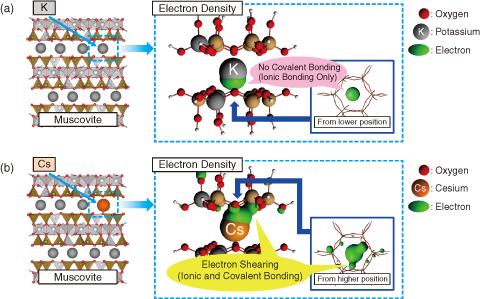
Fig.1-15 Model of clay minerals and electron density
Large amounts of radioactive nuclides were released into the environment by the accident at the TEPCO’s Fukushima Daiichi NPS in 2011. The relatively short-life nuclides like radioactive iodine have almost entirely decayed, but the radioactive cesium (Cs) still remains in the topsoil, and it will remain a primary γ-emitter source for a long time.
It is well-known that Cs is strongly adsorbed onto soil and is difficult to extract from it. At present, the government is operating large-scale decontamination by removal of the contaminated soil and storing it. However, storage sites are extra environmental burden. Therefore, there is a great demand for the development of efficient separation methods of Cs from soil.
To achieve the above purpose, it is important to clarify details of the form of chemical adsorption of the Cs onto the soil, e.g., which ingredient in the soil is essential for adsorption and chemical bonding. If we obtain such information, we can select one of the most efficient decontamination methods based on scientific ideas and approach the final goal at a reasonable speed.
In general, the adsorption process of Cs on topsoil is regarded as follows. First, Cs takes the form of a dissolved ion just before the fallout. Afterwards, the dissolved Cs is selectively and irreversibly adsorbed by micaceous clay minerals through ion exchange with the potassium (K) preoccupied by these minerals. However, the chemical form produced by the adsorption as yet remains unknown. Thus, we studied the form using a numerical technique called a “first-principles calculation method” using a JAEA supercomputer.
We selected muscovite as a target model system in clay minerals and evaluated the electronic states of muscovite together with cations (K and Cs) as shown in Fig.1-15. Consequently, we found that the chemical bond between the oxygen in muscovite and Cs is a combination of ionic and covariant although one between the oxygen and K is only ionic (Fig.1-15). The covalent bonding is caused by the sharing of electrons between bonded atoms. Due to this counterintuitive character, the bonding strength is relatively enhanced. The condition necessary for making a covalent bond is the closeness of energies of the electron orbitals between the bonding atoms. Indeed, we found that the electron orbitals of oxygen and Cs are very close in terms of energy, which is in marked contrast to the clear orbital energy difference between oxygen and K. We are now trying to reveal methods for cutting the special bond between Cs and clay minerals to reduce the volume of waste soils produced by large-scale decontamination efforts in Fukushima.